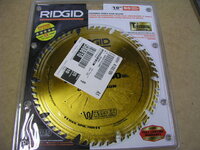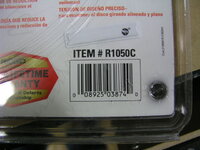Dana Fish
Member
Hello ... I'm looking for input on a replacement table saw blade. I am mainly looking to trim up some small blocks of wood into usable pen blanks, etc. I only have small craftsman table saw with not a lot of power so I need something that will cut easy. I would like to keep the price reasonable.
Any thoughts?
Any thoughts?




